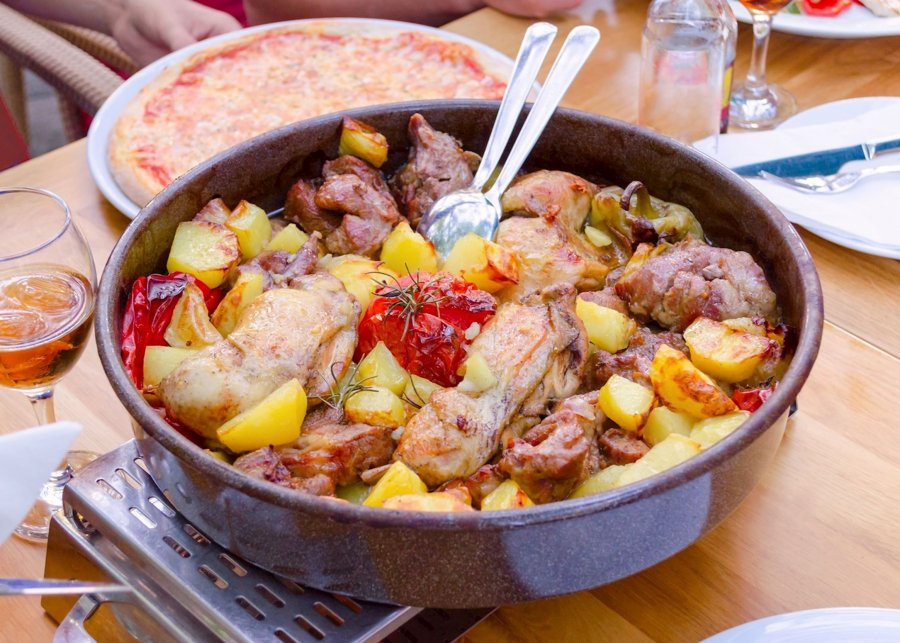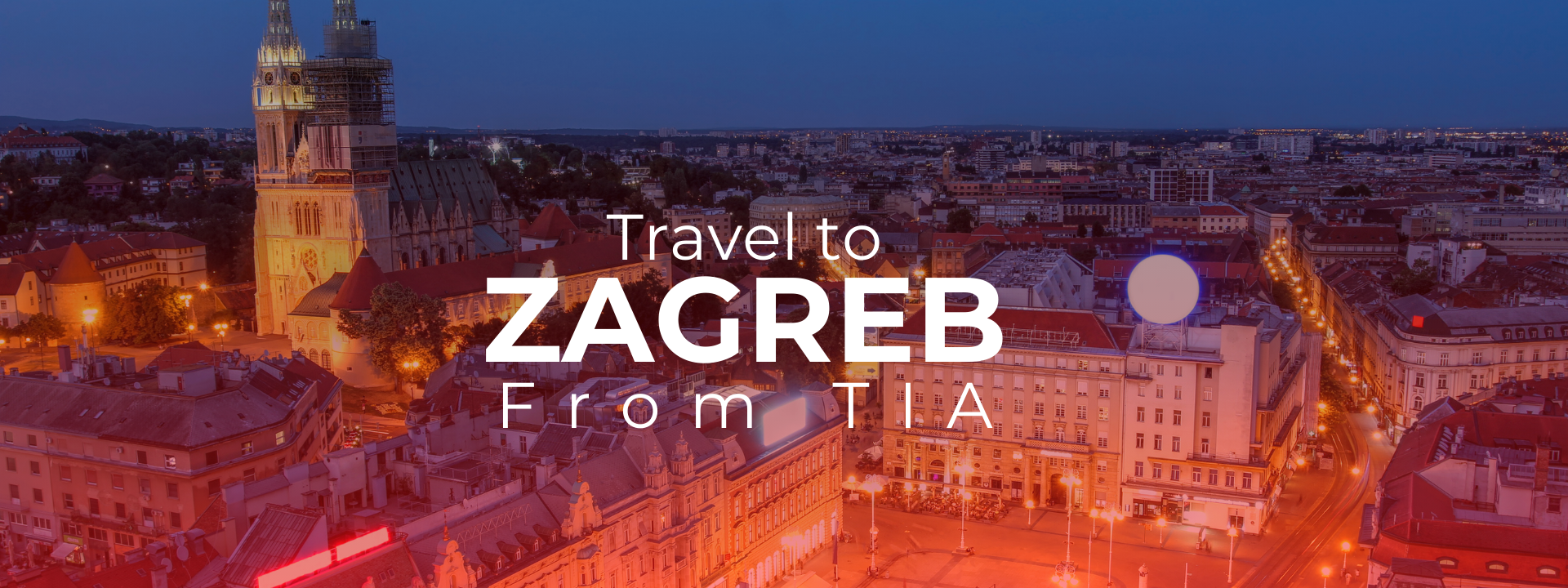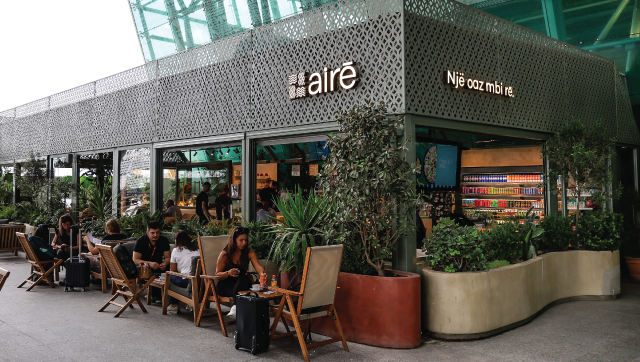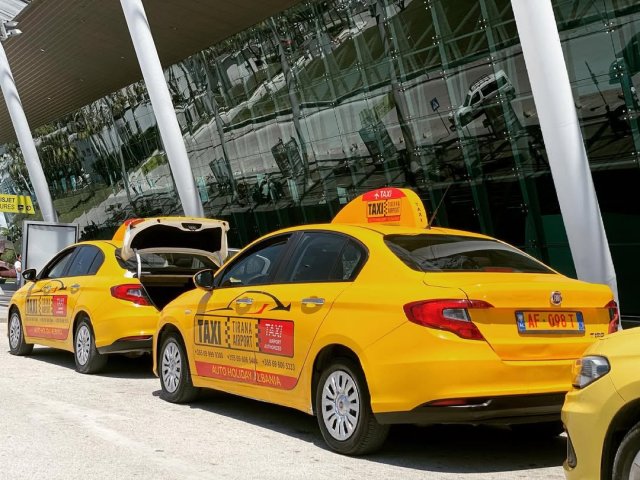Ban Jelačić Square
Located at the foot of the hills, the vast 17th-century Jelačić square was once the venue for fairs in the towns of Gradec and Kaptol. After the Second World War, the Communists renamed it "Republic Square", abandoning its former name. Today, it is the vibrant heart of the city, with a bus and streetcar stop, lively café terraces and a variety of events throughout the year.
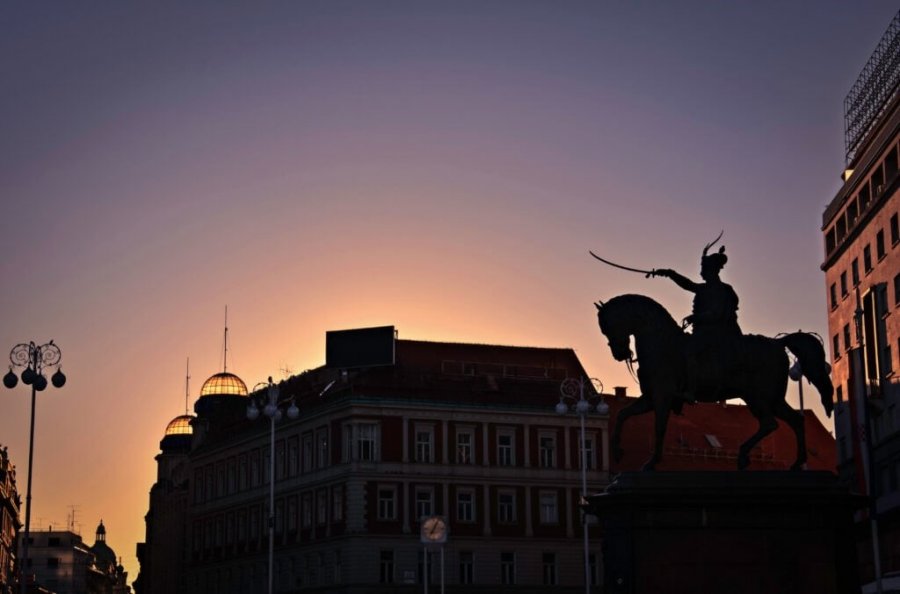
Cathedral of the Holy Assumption
Dominated by its two bell towers, measuring 104 and 105 meters respectively, the Cathedral of the Holy Assumption is the country's tallest religious building. The cathedral's interior is adorned with remarkable paintings and sculptures, including the Passion Triptych, a work signed by Albrecht Dürer in 1495. The cathedral also houses a priceless treasure trove, adding to its artistic and cultural richness.
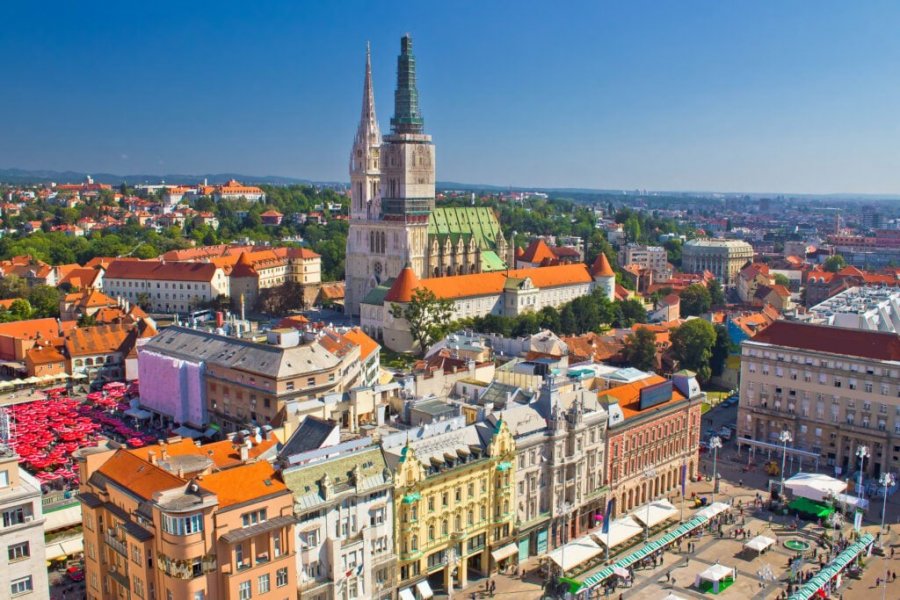
Zagreb Archaeological Museum
Housed in a splendid Secession-style palace, the Archaeological Museum of Zagreb, a veritable melting pot of culture(s) in the center of Croatia, brings together several collections comprising some 460,000 objects discovered in the country, covering a period from prehistory to ancient civilizations and right up to the Middle Ages. In the museum's garden, a pleasant refreshment bar is nestled among sarcophagi and shafts of Roman columns, abandoned in the grass, creating a charming setting for a relaxing break.
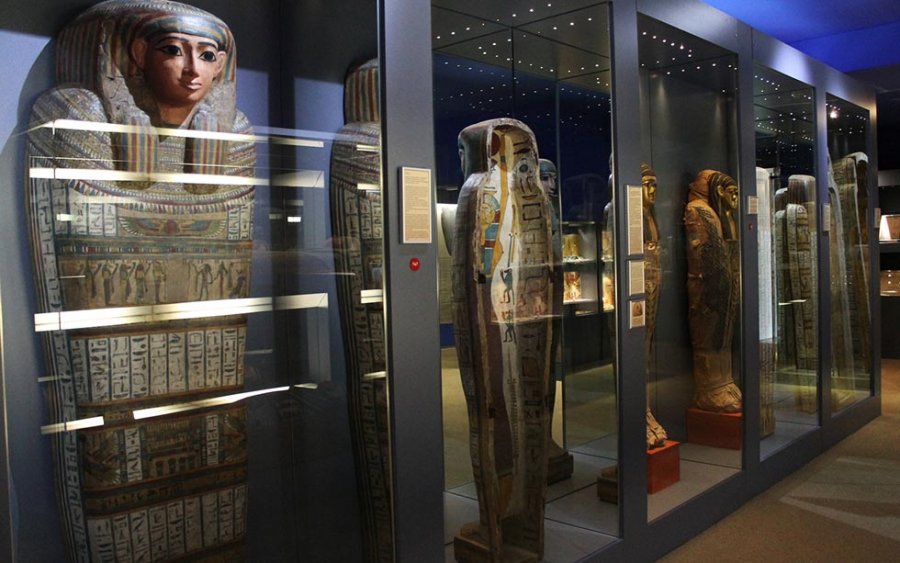
Zagreb Museum of Contemporary Art
Built in the heart of the modern city in 1954, the Museum of Contemporary Art Zagreb was created during a period marked by collectivism. Staircases, elevators and walkways lead visitors through rooms where the creative energy of modern and contemporary Croatia is on display, covering the period from the 1950s to the present day.
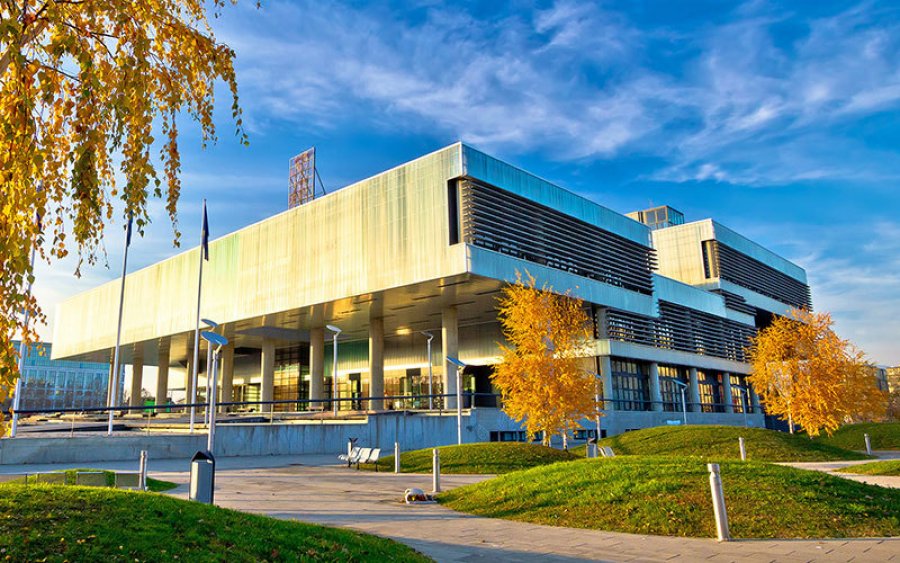
Stroll through the Maksimir-Zoo park
Located a few kilometers north of the Croatian capital, this vast forest, It covers no less than 18 hectares! It's a haven away from the hustle and bustle of the city, where you can relax among centuries-old oaks, lakes and streams. On a clear day, it's ideal for a half-day, a full day with picnic, or even a break at the Restoran Kod Morskog Lava.
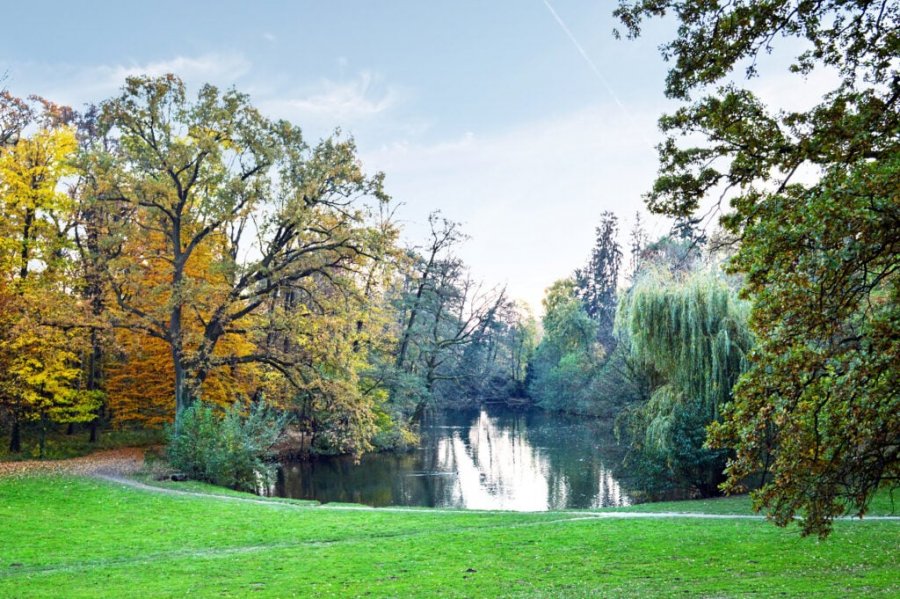
The Botanical Garden
The Botanical Garden (Botanicki vrt), parallel to Rue Mihanović, was designed in 1889 by Antun Heinz. This little haven of peace reflects the aesthetics of a garden that is both English and "Asian", characterized by a Japanese-style pavilion and a floral diversity comprising around a thousand plants. Visitors can stroll along the avenues, past the two artificial lakes lushly planted with rushes, bamboo and water lilies, and follow the paths that wind past flowerbeds and formal shrubs.
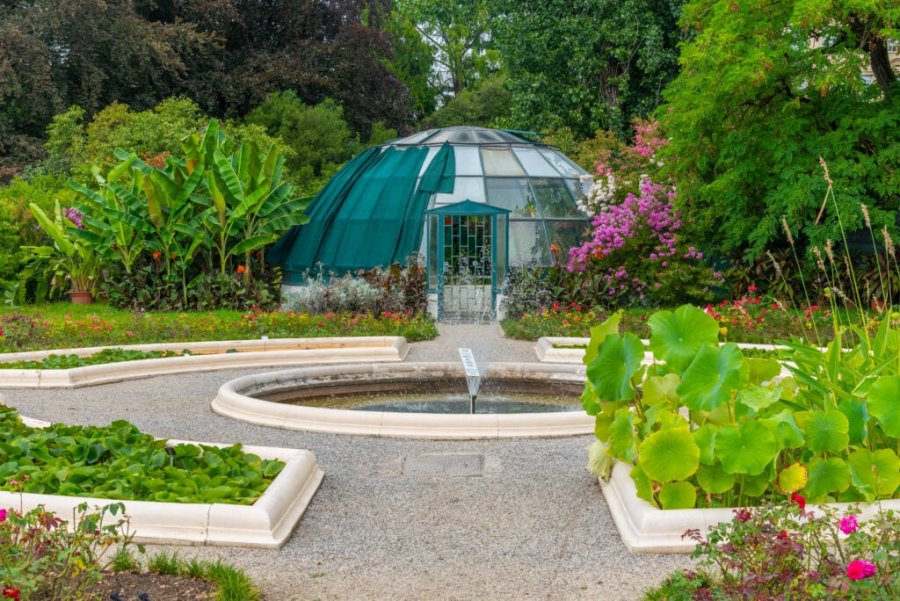
Jarun Lake (Jarunsko Jezero)
Bordering two islands, this lake has its origins in a former dam built on the Save River. The lake offers many shaded areas, and the water temperature is generally 2 to 3 degrees warmer than on the Croatian coast. Facilities include a beach with a naturist area, a park, a leisure center, a fitness trail, a yacht club, a bike path, as well as beach bars, lounge cafés and nightclubs. Finally, there's the INmusic Festival, Croatia's largest international open-air festival of contemporary music.
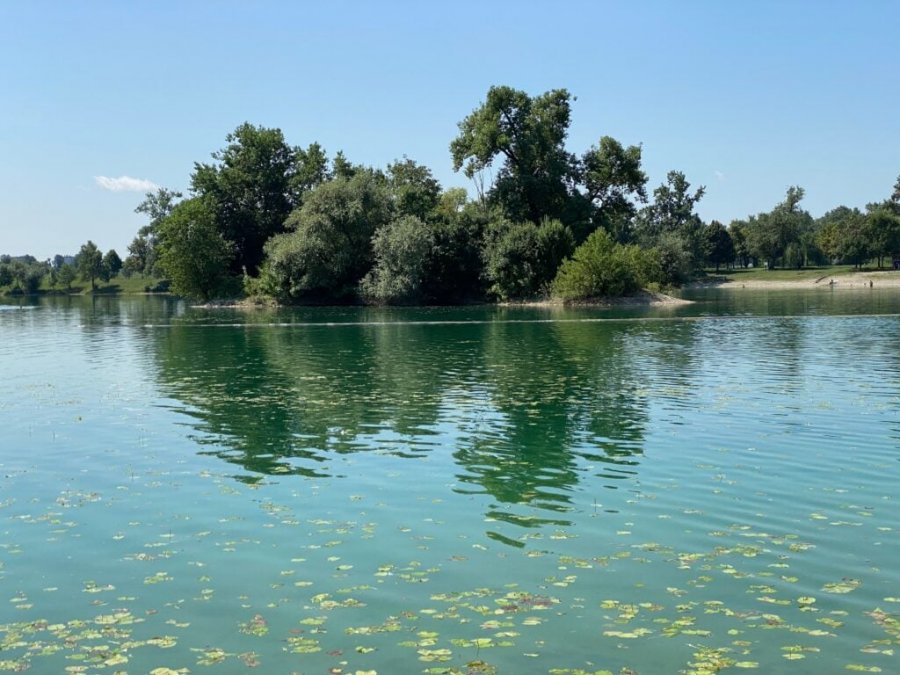
Dolac market
Beyond Jelačić Square, a visit to the large central Dolac Market is a must. Its roots date back to the 1930s, when the upper and lower quarters of the city were still in competition. Every day, especially on Saturdays, the market is the scene of colorful activity. Small farmers, market gardeners, butchers, fishmongers, florists, craftsmen, sundries sellers... all displaying their wares at their stalls. For those looking for a quick bite to eat, there's also a bakery serving bureks, pizzas and sandwiches, as well as a café.
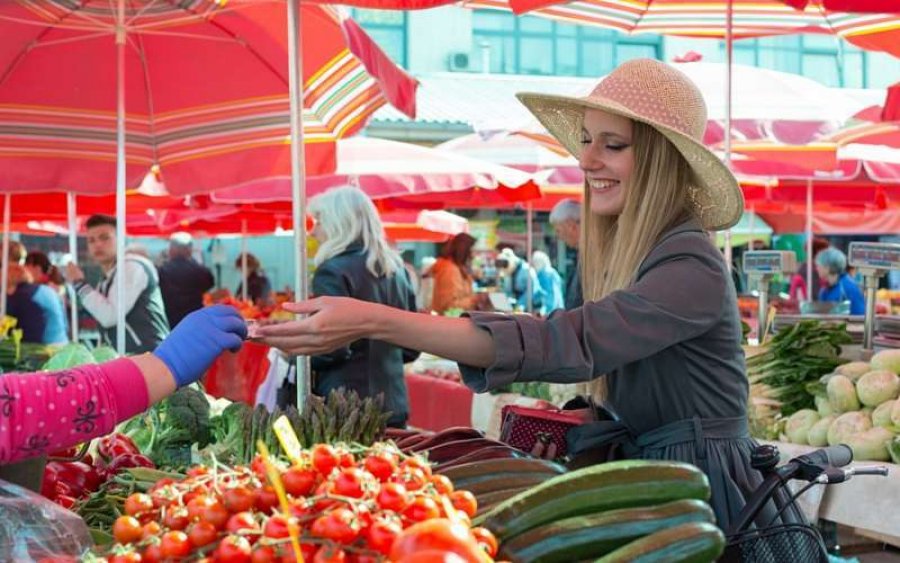
Visit St. Mark's Church
Built in the 13th century, this building has long served as a place of worship for the Gradec parish. Its architecture has undergone many changes over the centuries, most notably the Gothic portal, which is now adorned with imposing modern statues. Some of these masterpieces were made in Meštrović's workshop in the late 19th century, when the roof covering was also renovated with polychrome glazed tiles. These tiles bear the Croatian coat of arms, with those of Dalmatia and Slavonia on the left, and those of Zagreb on the right.
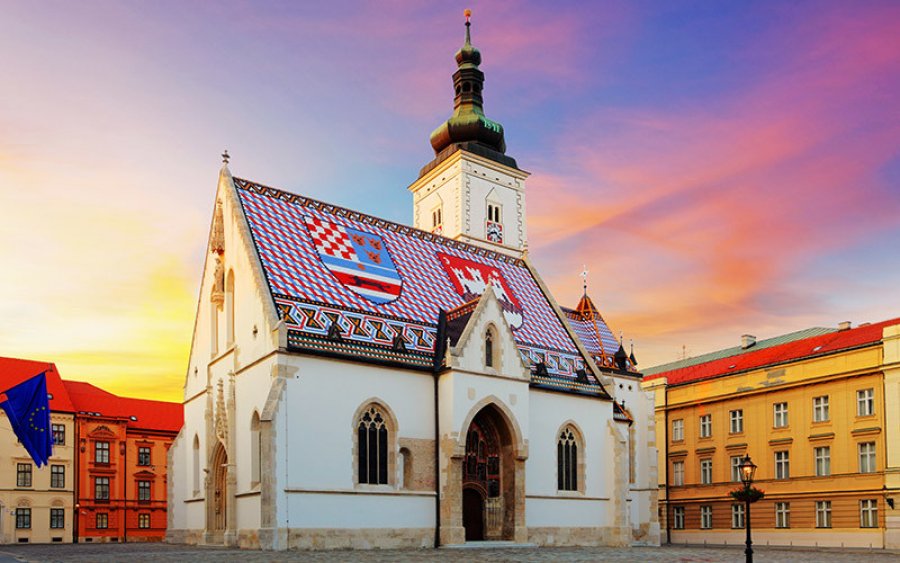
Discover Croatian gastronomy
Nestled between two major cultural influences, the Mediterranean and Central Europe, Croatian gastronomy is distinguished by its diversity. Inland, in the east and north of the country, Slavic, Hungarian and Austrian influences blend to create a rich cuisine, where root vegetables, legumes, cabbage and starches harmonize with cheeses, cured meats, charcuterie and smoked meats. On the Adriatic coast, centuries of Venetian domination have left their mark. Fish, lamb, dried peas and seasonal vegetables are prepared with olive oil and aromatic herbs. As for pastries, the emblematic licitar, a gingerbread heart, embodies the end-of-year festivities...
